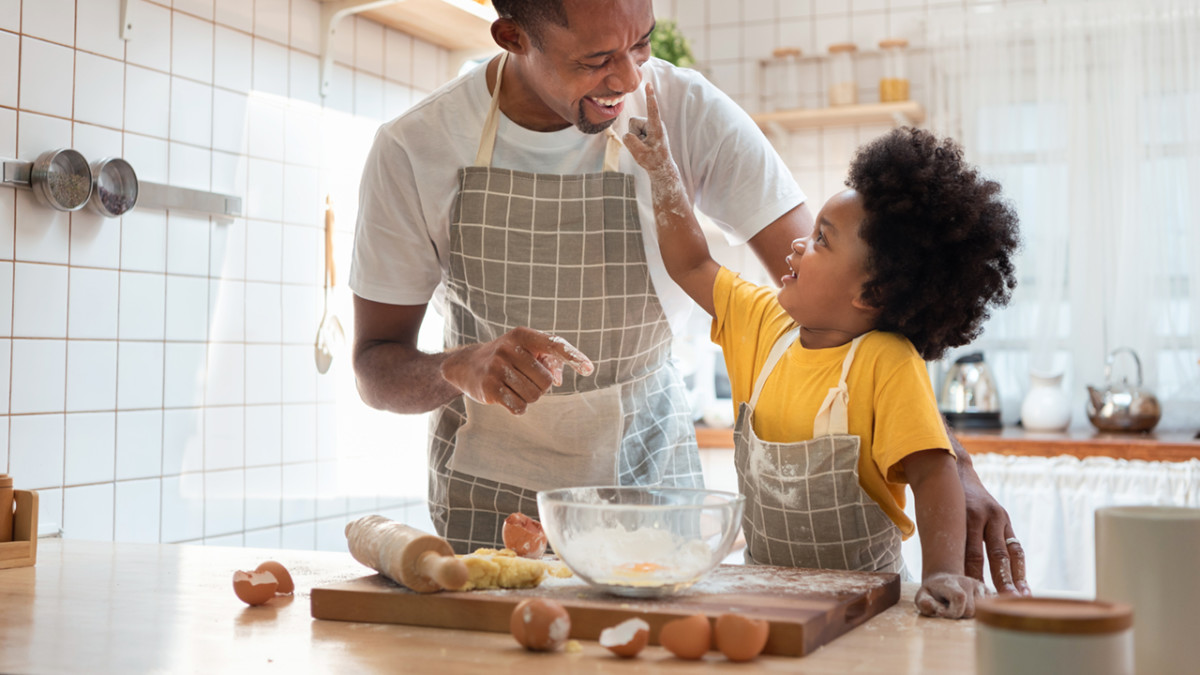Burn and Reconstructive Centers of America (BRCA) is celebrating Burn Awareness Week! We encourage you to celebrate with us as we work to raise awareness for cooking burns (the 2022 theme chosen by the American Burn Association) and spread prevention techniques to help avoid kitchen hazards all year round.
According to the U.S. Fire Administration, out of an estimated 354,400 residential fires in 2019, 50.2% were caused by cooking. Over the last ten years, locations across the United States have seen a continuing increase in cooking-related fires, injuries and deaths. The number one cause of these accidents: frying (National Fire Protection Association).
BRCA alone has seen a 47% increase in grease burns since 2019. Of those burns, 11% of the population treated in our nationwide care system involved pediatric patients. With this in mind, here are some tips to help avoid grease injuries or fires in the kitchen:
- Create a three-to-five-foot area around where you’re cooking and instruct children not to enter that area.
- Do not overfill the pan with cooking oil. Overfilling the pan can cause grease to spill out and come into contact with the burners, which can start a fire.
- Frozen foods can be fried, but it is not recommended! Water and ice can cause hot grease to splatter.
- Extra virgin olive oil, coconut oil and butter are not good to fry with. They are more likely to smoke, burn and catch fire due to their high-fat content.
- Always be alert, sober and present when cooking or frying.
- Avoid wearing loose-fitting clothes.
- Make sure your kitchen has a working fire extinguisher.
- Use a safer alternative to a grease fryer, such as an air fryer.
If there is a grease fire, know the best actions to take to avoid injury, such as:
- Do not move the pot or pan that is on fire. Leave it where it is.
- Do not throw water on a grease fire!
- If you can, turn off the heat source.
- If there is a metal cookie sheet or lid nearby, use it to smother the fire; if it is safe to do so.
- If you feel you can’t safely smother it, use your kitchen fire extinguisher or a large amount of baking soda or salt to put out the flames.
- If the fire is out of control, get everyone to safety and alert your local authorities.
BRCA cares about our communities and hopes you find these tips helpful. For more information on cooking safety, click the links below to view more resources from our experts at BRCA:
For cooking safety, click here.
